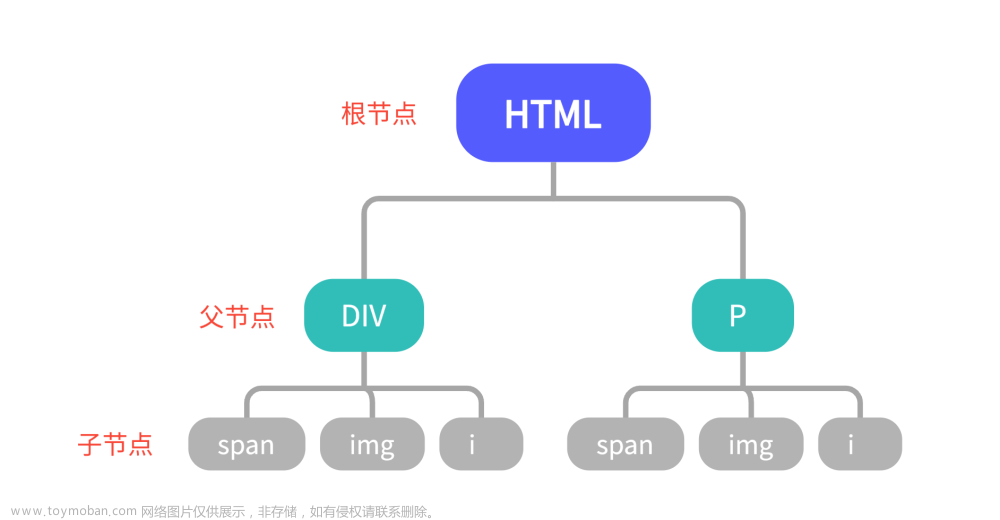文章来源:https://www.toymoban.com/news/detail-779491.html
Python中有多线程的支持。Python的threading模块提供了多线程编程的基本工具。在下面,我将列举一些基础的多线程用法和一些高级用法,并提供相应的源代码,其中包含中文注释。
基础用法:
创建和启动线程
import threading
import time
# 定义一个简单的线程类
class MyThread(threading.Thread):
def run(self):
for _ in range(5):
print(threading.current_thread().name, "is running")
time.sleep(1)
# 创建两个线程实例
thread1 = MyThread(name="Thread-1")
thread2 = MyThread(name="Thread-2")
# 启动线程
thread1.start()
thread2.start()
# 主线程等待所有子线程结束
thread1.join()
thread2.join()
print("Main thread exiting")线程同步 - 使用锁
import threading
# 共享资源
counter = 0
# 创建锁
counter_lock = threading.Lock()
# 定义一个简单的线程类
class MyThread(threading.Thread):
def run(self):
global counter
for _ in range(5):
with counter_lock: # 使用锁保护临界区
counter += 1
print(threading.current_thread().name, "Counter:", counter)
# 创建两个线程实例
thread1 = MyThread(name="Thread-1")
thread2 = MyThread(name="Thread-2")
# 启动线程
thread1.start()
thread2.start()
# 主线程等待所有子线程结束
thread1.join()
thread2.join()
print("Main thread exiting")高级用法:
使用线程池
import concurrent.futures
import time
# 定义一个简单的任务函数
def task(name):
print(f"{name} is running")
time.sleep(2)
return f"{name} is done"
# 使用线程池
with concurrent.futures.ThreadPoolExecutor(max_workers=3) as executor:
# 提交任务给线程池
future_to_name = {executor.submit(task, f"Thread-{i}"): f"Thread-{i}" for i in range(5)}
# 获取任务结果
for future in concurrent.futures.as_completed(future_to_name):
name = future_to_name[future]
try:
result = future.result()
print(f"{name}: {result}")
except Exception as e:
print(f"{name}: {e}")使用Condition进行线程间通信
import threading
import time
# 共享资源
shared_resource = None
# 创建条件变量
condition = threading.Condition()
# 定义一个写线程
class WriterThread(threading.Thread):
def run(self):
global shared_resource
for _ in range(5):
with condition:
shared_resource = "Write data"
print("Writer wrote:", shared_resource)
condition.notify() # 通知等待的线程
condition.wait() # 等待其他线程通知
# 定义一个读线程
class ReaderThread(threading.Thread):
def run(self):
global shared_resource
for _ in range(5):
with condition:
while shared_resource is None:
condition.wait() # 等待写线程通知
print("Reader read:", shared_resource)
shared_resource = None
condition.notify() # 通知写线程
# 创建写线程和读线程
writer_thread = WriterThread()
reader_thread = ReaderThread()
# 启动线程
writer_thread.start()
reader_thread.start()
# 主线程等待所有子线程结束
writer_thread.join()
reader_thread.join()
print("Main thread exiting")这些例子涵盖了一些基础和高级的多线程用法。请注意,在Python中由于全局解释器锁(GIL)的存在,多线程并不能充分利用多核处理器。如果需要充分利用多核处理器,可以考虑使用multiprocessing模块进行多进程编程。
 文章来源地址https://www.toymoban.com/news/detail-779491.html
文章来源地址https://www.toymoban.com/news/detail-779491.html
到了这里,关于Python多线程编程全解析:基础到高级用法的文章就介绍完了。如果您还想了解更多内容,请在右上角搜索TOY模板网以前的文章或继续浏览下面的相关文章,希望大家以后多多支持TOY模板网!









